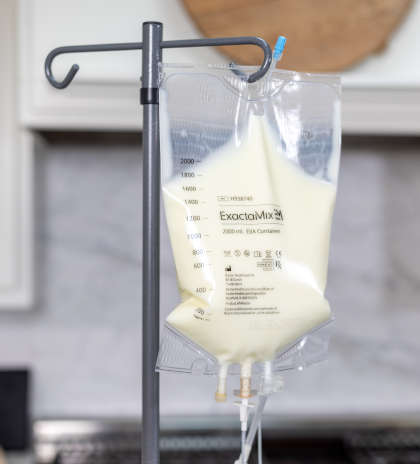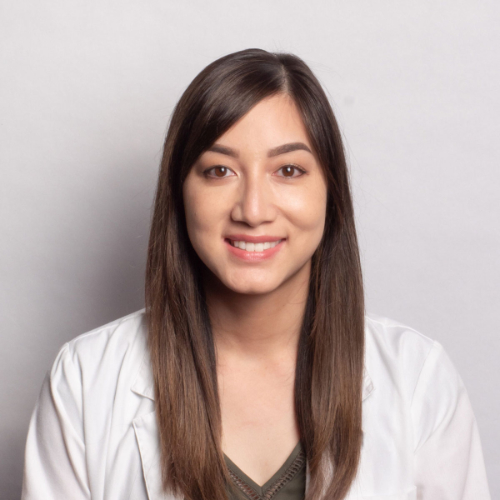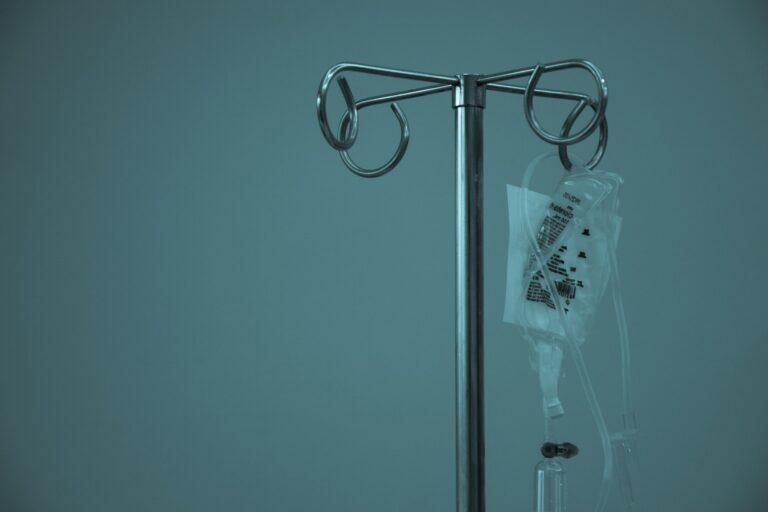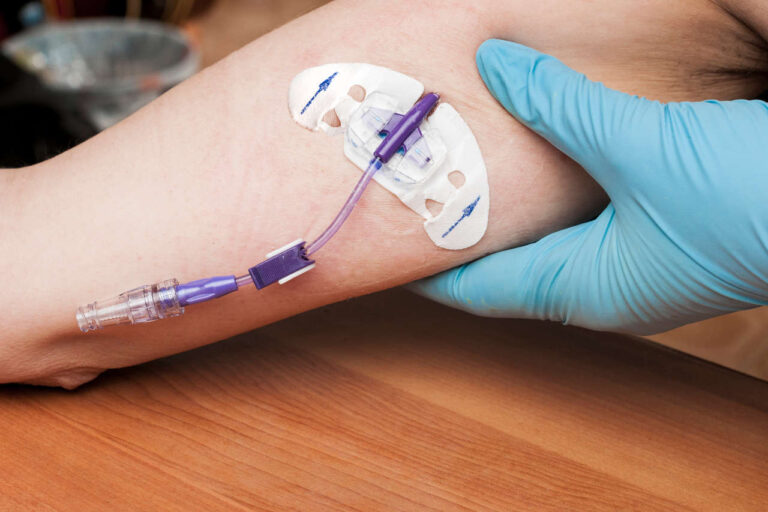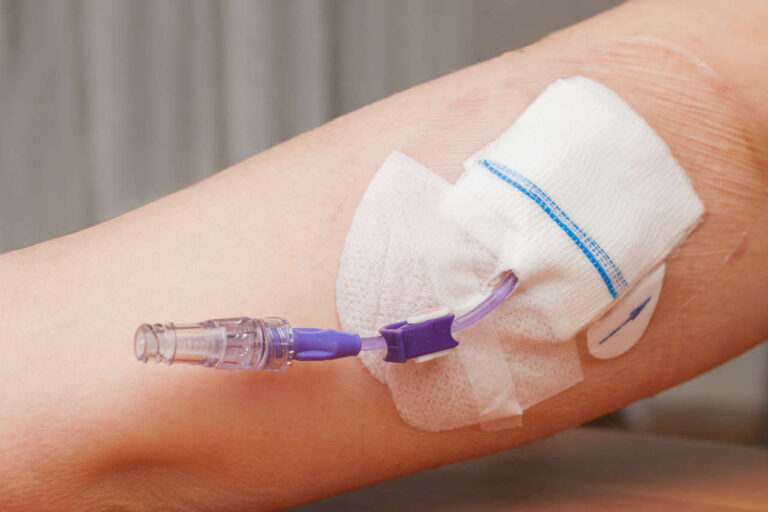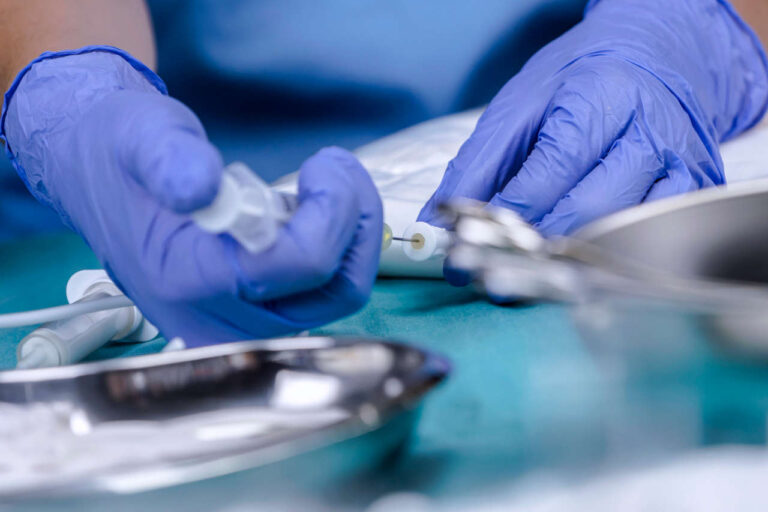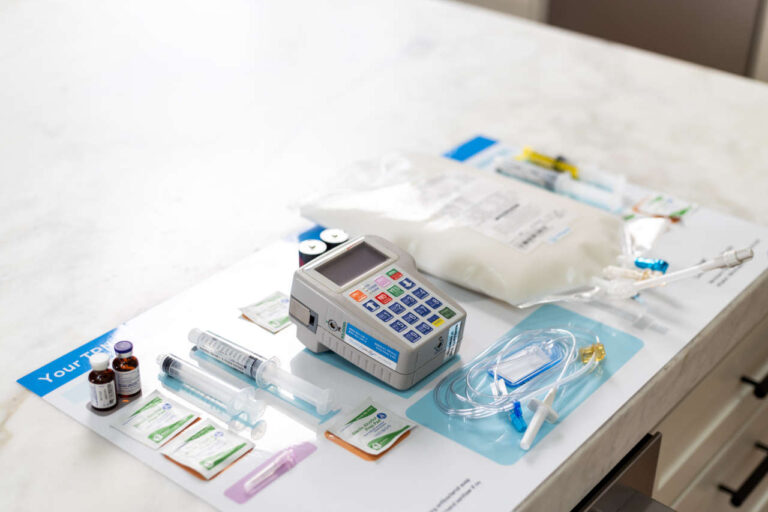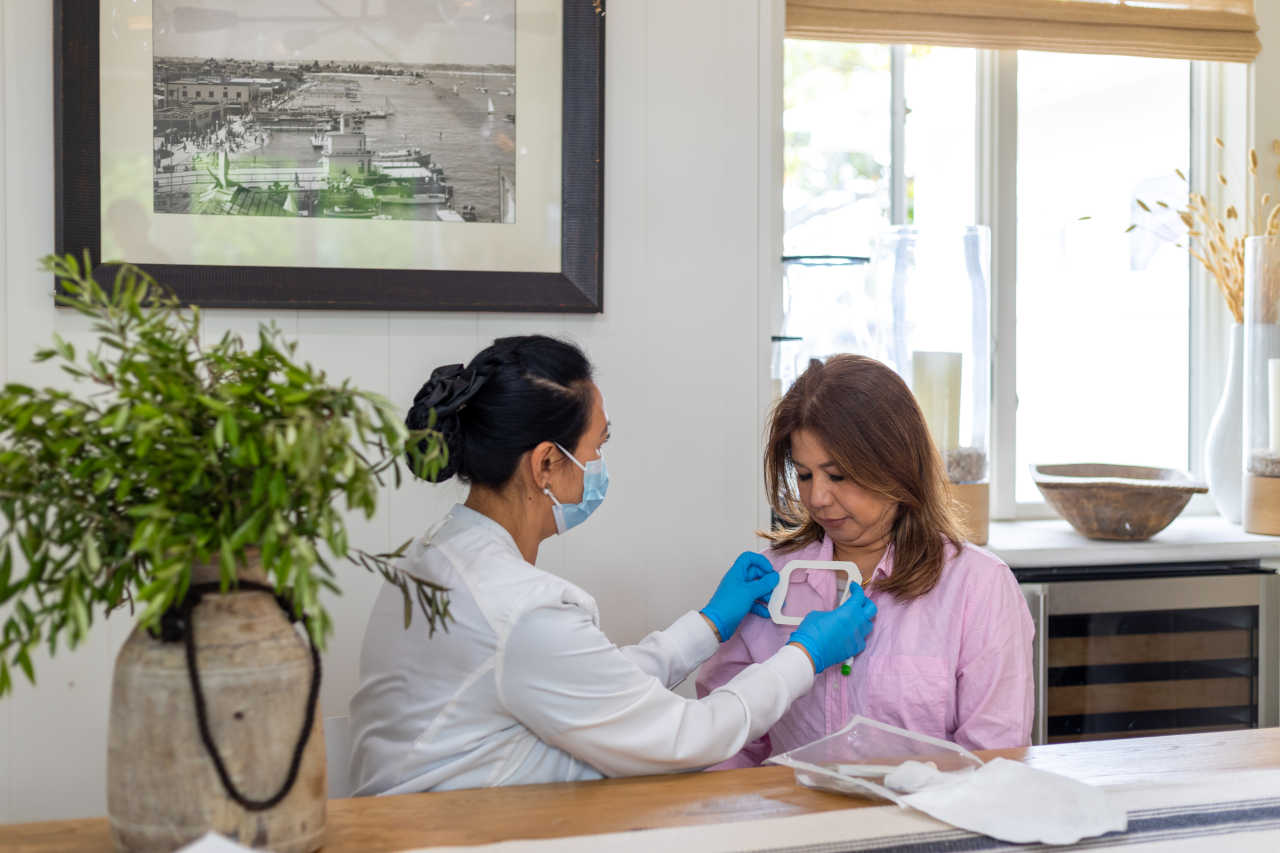
Hyperalimentation (pronounced as HY-per-A-lih-men-TAY-shun) is a method of providing a high-calorie and nutrient-rich solution to patients with bowel obstruction or resection. Historically, the concept of hyperalimentation can trace back to the 1960s when Dr. Stanley J. Dudrick, an American surgeon, pioneered the administration of nutrients through the intravenous route.
IV Fluids Fully in Stock
Reliable supply for uninterrupted careToday “hyperalimentation” is not a commonly used term, and the practice is primarily known as “total parenteral nutrition” (TPN) or simply “parenteral nutrition.”
Let’s dive into this topic and explore what hyperalimentation is about, its historical concept, how it works, its beneficial role, and under what condition this therapy is recommended.
What Is Hyperalimentation (TPN)?
Hyperalimentation, or TPN, is a medical technique that is used to deliver essential nutrients directly into the patient’s bloodstream, bypassing the usual process of chewing, swallowing, and digestion.
It is typically prescribed when the patient’s digestive system cannot digest and absorb nutrients effectively, often due to various medical conditions or treatments.
Historical Concept of Hyperalimentation
Initially, the term, “hyperalimentation,” was used to describe the delivery of essential nutrition to patients intravenously. However, when the medical community explored the applications of hyperalimentation, it became apparent that the term had certain limitations. For instance, the prefix “hyper” in hyperalimentation implied an excessive or elevated level of nutrition, which could be misleading and potentially harmful. The goal of this therapy was not to provide excessive nutrients but to deliver a balanced and adequate supply of essential substances to sustain life and promote recovery.
To avoid confusion, the medical community has moved towards using more standardized and descriptive terms. Currently, the term “total parenteral nutrition” is used as it is considered a more appropriate and accurate replacement for hyperalimentation. “Total” precisely describes complete nutrition, and “parenteral” means through the intravenous route bypassing the gastrointestinal tract.
Though hyperalimentation is somewhat of a misnomer, it remains a historical term associated with the early developments of intravenous nutrition, and some people still use the term.
When Is It Recommended?
Hyperalimentation is typically recommended for patients who can’t eat or digest food properly due to various reasons. It might be required for individuals who:
- Undergo major surgeries that affect their ability to eat
- Have severe digestive disorders or conditions that hinder nutrient absorption
- Suffer from illnesses that suppress their appetite or make eating difficult
- Experience burns or injuries that demand higher nutritional needs for healing
- Face cancer treatments that interfere with eating
- Have a risk of developing malnutrition
Unlike standard IV therapy, which does not provide patients with sufficient calories or meet the daily requirements, hyperalimentation provides all nutrients the patients require in a balanced ratio. Therefore, it is currently the most recommended method for various medical conditions that require nutritional support.
Ask About TPN Home Infusion
How Does Hyperalimentation Work?
Hyperalimentation solution is administered intravenously through a tube called a central venous catheter (CVC). The catheter is inserted into a large vein, usually in your arm, chest, or neck, and serves as a direct pathway to safely deliver nutrient-rich solutions into the bloodstream. Thus, it provides essential nutrients to all the cells.
Besides water, the usual hyperalimentation solution contains a balanced mixture of carbohydrates, proteins, fats, essential vitamins, minerals, and electrolytes. The composition of the solution is carefully prepared by healthcare professionals based on the patient’s specific needs.
How Long Does It Last?
The duration of hyperalimentation (or TPN) varies depending on individual needs. Some patients may need it for a short period, like a few days after surgery, while others with chronic conditions might require it for weeks or even months.
The goal is to provide adequate nutrition until the person can resume eating regular meals or absorb nutrients normally.
What Are the Main Benefits of Hyperalimentation?
Since hyperalimentation is a nutritional support method, the main benefit of this therapy is to prevent the risk of malnutrition and restore the body’s energy requirement. Other benefits include the following:
It Restores Nutritional Balance
Hyperalimentation plays a crucial role in restoring the body’s nutritional balance, thus providing vital nutrients to support overall health and well-being.
It Supports Healing and Recovery
For patients recovering from surgery or severe illnesses, hyperalimentation can speed up the healing and recovery process, as a well-nourished body can better combat infections and other complications.
It Improves Quality of Life (QOL)
Individuals with chronic digestive conditions may find an improved quality of life with hyperalimentation, as it ensures they receive adequate nutrition even when normal eating is not possible.
Is Hyperalimentation (TPN) Safe?
Hyperalimentation is generally safe when administered and monitored by trained healthcare professionals. However, like any medical procedure, it comes with potential risks. Possible complications may include infection at the catheter insertion site, imbalances in blood sugar levels, electrolyte disturbances, or liver problems.
Conclusion
In summary, hyperalimentation, also known as total parenteral nutrition (TPN), is a life-sustaining nutritional support method that provides necessary nutrients to patients with either compromised gastrointestinal function or malnutrition. By delivering a balanced ratio of nutrients, it supports the body’s healing and nourishment. Although this method is best for fulfilling the body’s energy requirements, it is also associated with possible risks that can be prevented through regular lab monitoring.
AmeriPharma® Specialty Care
Total Parenteral Nutrition | Leader In TPN AssistanceFAQs
Is hyperalimentation the same as TPN?
Yes. Hyperalimentation is also known as TPN. Though the term, hyperalimentation, is used in historical clinical literature, currently, this term has been replaced with total parenteral nutrition (TPN).
Can hyperalimentation cure digestive disorders?
Hyperalimentation is not a cure for digestive disorders. Instead, it supports the body’s nutritional needs while the underlying condition is being treated. The aim is to help patients recover and regain their ability to eat normally.
Are there any side effects associated with hyperalimentation?
Even though hyperalimentation is generally safe, some individuals may experience side effects such as catheter-related infections, hepatotoxicity, metabolic imbalances, or allergic reactions to specific components of the solution.
What is the duration of hyperalimentation therapy?
The duration of hyperalimentation therapy varies depending on the patient’s condition and response to treatment. Some individuals may require short-term support, while others may benefit from long-term therapy.
REFERENCES:
- Borgen, L. (1978). Total Parenteral Nutrition in Adults. The American Journal of Nursing, 78(2), 224–228. https://doi.org/10.2307/3424283
- Turner, F. P. (1973). Intravenous hyperalimentation. JAMA, 223(4), 441. https://doi.org/10.1001/jama.1973.03220040055024
- Jm, G. (1992). Hyperalimentation-associated hepatotoxicity in the newborn. PubMed, 22(2), 79–84. https://pubmed.ncbi.nlm.nih.gov/1562168
- Lloyd-Still, J. D., Shwachman, H., & Filler, R. M. (1972). Intravenous hyperalimentation in pediatrics. The American Journal of Digestive Diseases, 17(11), 1043–1052. https://doi.org/10.1007/bf02239147
- Rovner, E. S. (2007). Urinary Fistula. Penn Clinical Manual of Urology, 325-340. https://doi.org/10.1016/B978-141603848-1.10012-9
- Shank, E. S., Coté, C. J., & Jeevendra Martyn, J. (2019). Burn Injuries. A Practice of Anesthesia for Infants and Children (Sixth Edition), 820-839.e11. https://doi.org/10.1016/B978-0-323-42974-0.00036-7
- Davis, P. J., & Sarner, J. B. (2006). Organ System Considerations That Affect Anesthetic Management. Pediatric Critical Care (Third Edition), 1707-1718. https://doi.org/10.1016/B978-032301808-1.50116-4
